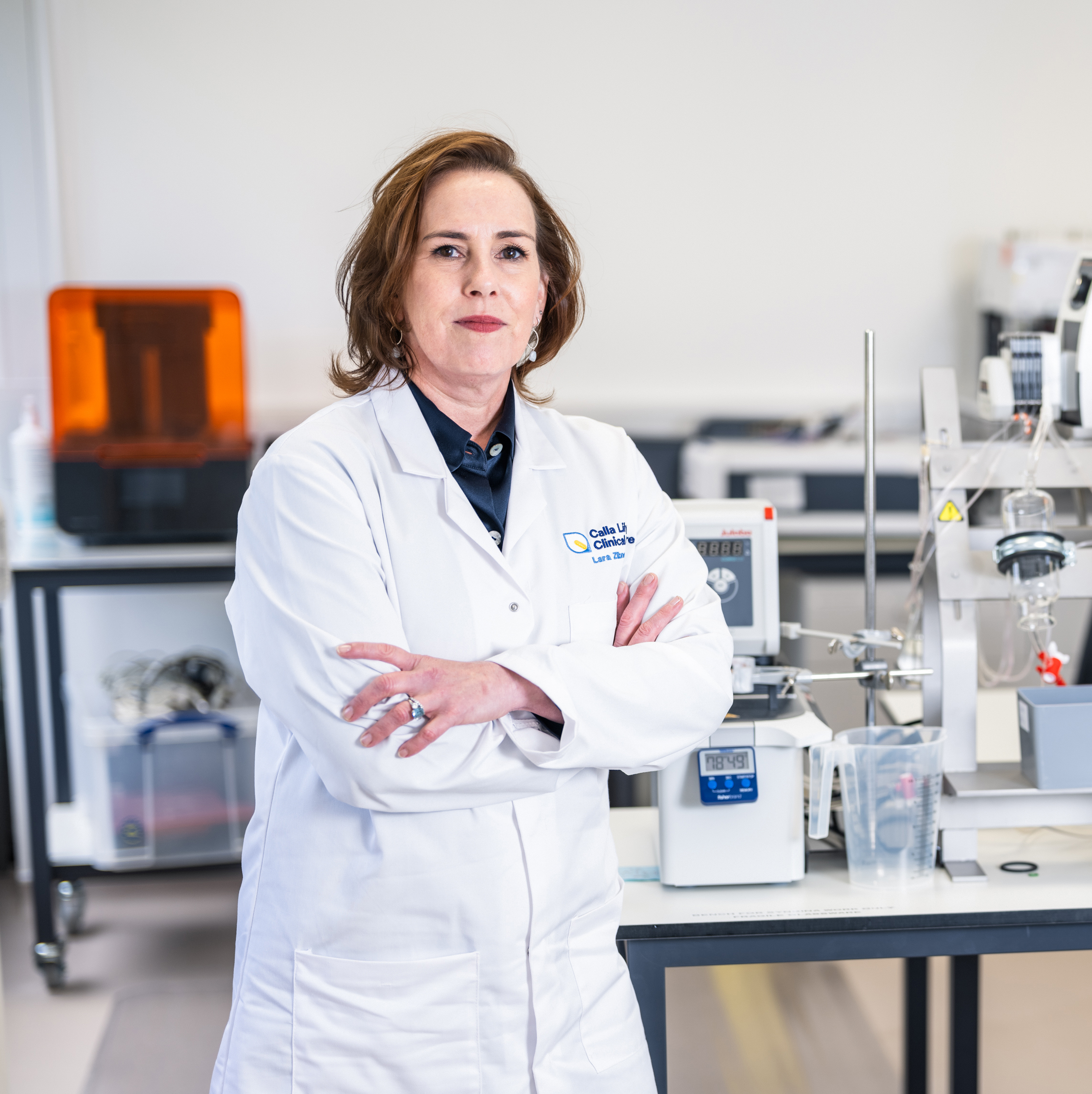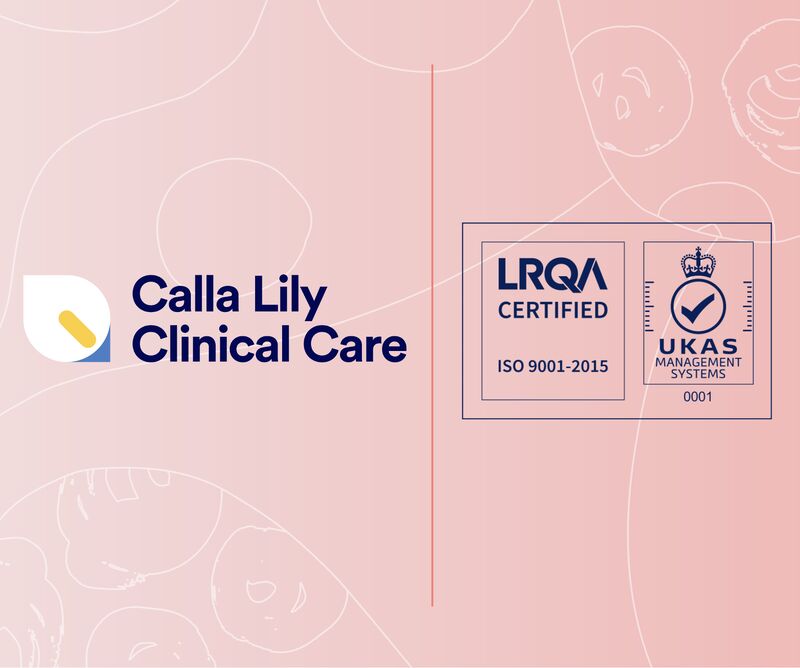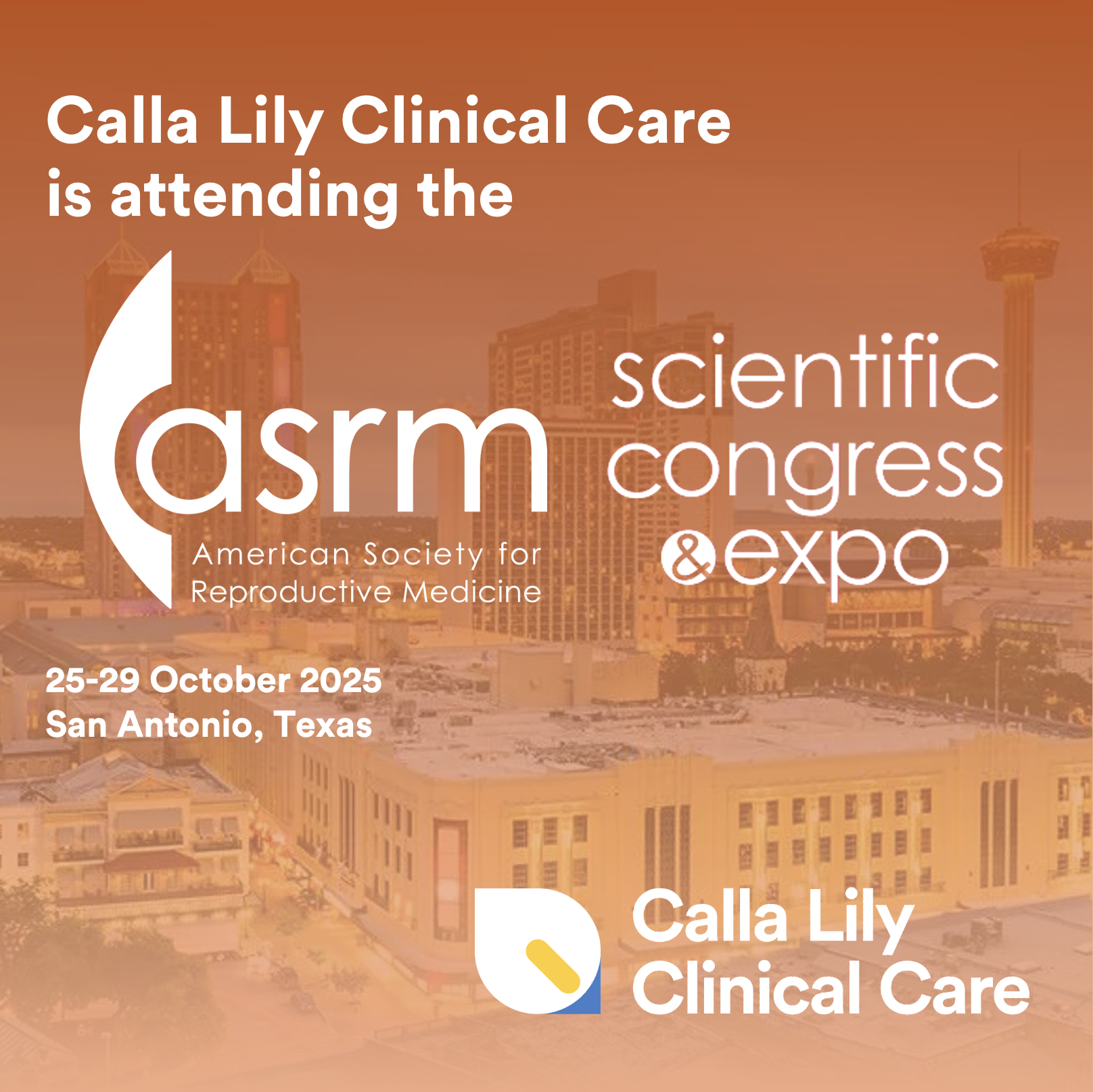Miscarriage Prevention: Science, Gaps, and the Path Forward

One in 5. Look around the room. If you are at a conference with 100 women, statistics tell us that as many as 20 of them will have had a miscarriage at some point. That means miscarriage is common, but that doesn’t make it easy. And it definitely doesn’t mean we should accept it as an unavoidable loss that should be mourned and not investigated. Some causes of miscarriage are nature’s way of ensuring healthy pregnancies and the future of the human race. We can’t, nor do we want to, prevent all pregnancy loss. That said, there are certain, identifiable, causes that can and should be addressed.
Science is finally challenging the mindset that a miscarriage is just a miscarriage.
New research proves that, in some cases, miscarriage can be prevented. Treatments like intravaginal progesterone offer real hope to women with recurrent losses, while researchers are also hard at work trying to identify key risk factors earlier.
So what do we actually know?
While there’s still much to learn, science has uncovered key risk factors and potential interventions that could improve countless pregnancy outcomes.
Let’s look at these risk factors and discuss what needs to improve in women’s health so that more miscarriages can be prevented.
The Science of Miscarriage Prevention: What We Know So Far
Miscarriage, or pregnancy loss before 20 weeks, is more common than you may think. For a person who knows they’re pregnant beforehand, the chance of one happening is around 15%. For those who aren’t even yet aware, the number is likely higher.
We know miscarriage isn’t bad luck. Instead, the causes are vast and complex: chromosomal abnormalities, hormonal imbalances, immune dysfunction, blood clotting disorders, and structural issues in the uterus, just to name a few.
Identifying these factors early means better chances of intervention. It also offers more clarity for women who’ve experienced a miscarriage and are searching for answers.
Know that some causes are more preventable than others, and that research helps us identify which women are most at risk and when medical intervention could be most beneficial.
The Case for Intravaginal Progesterone
The hormone progesterone is essential for pregnancy. It helps maintain the uterine lining, supports early embryo development, and prevents the body from rejecting the pregnancy. The origin of the word is literally “pro” (for) and “gestare” (carry or bear). Like it’s that important.
Some women, however, don’t produce enough. And for those with early pregnancy bleeding or a history of recurrent miscarriages, supplemental progesterone can make a real difference.
How it’s delivered also matters.
When administered intravaginally, the hormone avoids metabolism by the liver, makes a beeline for the uterus, and supports healthier pregnancies with fewer side effects than oral or injectable forms.
Real-world evidence supports its potential.
The PRISM study—a partnership between Tommy’s National Centre for Miscarriage Research and the University of Birmingham—found that vaginal progesterone increased live birth rates among women with a history of three or more miscarriages by 15%.
According to lead researcher Arri Coomarasamy, twice daily progesterone for women with early pregnancy bleeding and at least one miscarriage could addanother 8,450 live births in the UK alone each year. Hey, guess who else was one of the authors on this study? None other than the amazing Siobhan Quenby MBE , one of our advisors at Calla Lily Clinical Care and the person heading up our soon-to-begin in-women trial using #Callavid-progesterone in recurrent miscarriage patients!
The Gaps We Need to Close
The results of the PRISM study hold much promise, but progesterone alone isn’t enough to fix the broader issues that have deprioritized miscarriage prevention for decades. Likewise for research, which has always faced headwinds in one of the most misunderstood and neglected areas of reproductive health.
Here’s where the system is still failing.
1. Research Funding is Disproportionately Low
A miscarriage occurs every 44 minutes around the world, but the amount of money spent on research is laughable.
Tommy’s, which is the largest miscarriage research charity in the UK, has to make do with just £2.5 million until 2029—peanuts compared to conditions that affect far fewer people. Hell, Bezo’s wedding cost more than 10x that.For a single day when parenthood is forever. Jeesh.
In the U.S., the story is similarly bleak. The National Institute of Health (NIH)—whose contributions are critical to the health of all Americans—has allocated just 1.45% of its nearly $48 billion budget to pregnancy research in 2025.
Miscarriage is common. Many women have had one or know someone who has. It’s clear that the current investment doesn’t come close to matching the scale or impact of the problem.
2. Many Doctors Still Dismiss Pregnancy Loss
When something happens often, you’d think medicine would take it seriously. Instead, miscarriage tends to be brushed off until it happens again. And again.
There seems to be no impetus to test these women—even if that test could uncover a perfectly treatable cause.
Antiphospholipid syndrome (APS), for example, is an autoimmune disorder that increases miscarriage risk and can easily be treated with blood thinners. It also causes around 15% of miscarriages.
Despite its prevalence and treatability, many women aren’t tested for APS until they’ve had three or more losses. Why must they repeatedly endure miscarriages before they’re taken seriously?
3. Early Detection and Screening Needs to Improve
Most miscarriages happen before 12 weeks, so that’s where prevention efforts should focus.
Better early screening tools—like genetic testing, hormone monitoring, and uterine imaging—could identify issues before a pregnancy is lost. Some researchers even posit that biomarkers in menstrual blood could predict spontaneous miscarriage.
As it stands, miscarriage prevention is reactive (if it happens at all). The future must consist of predictive tools and strategies that at least give women a fighting chance.
Hope for the Future
Miscarriage will never be entirely preventable. But that’s no reason to be apathetic and accept it without question. No, the physical and emotional costs are too high.
Science proves that pregnancy loss is not always set in stone, and the more we push for answers, the better the outcomes will be.
This is what I believe to be the future of miscarriage prevention:
- Hormonal therapies like progesterone are already helping some women with recurrent pregnancy loss. Expanding access and refining treatment protocols could make them even more effective. Better vaginal drug delivery that is more respectful of women’s mental and emotional well-being is needed. Hence our mission at Calla Lily Clinical Care.
- New research into immune-related miscarriage could open the door to treatments that prevent the body from mistakenly attacking a pregnancy. Women who experience current miscarriages may benefit from advances in this area the most.
- Better early screening methods could help identify at-risk pregnancies before a miscarriage occurs, allowing for early intervention. Why not screen women for a variety of conditions before infertility treatments? Rather than the old “slap in an embryo” approach I did?
- Advocacy and awareness are forcing the medical system to stop dismissing miscarriage as something down to chance and start treating it like the serious medical issue it is. That includes, in my book, space for men to have their feelings acknowledged and legitimized as well!
- Science is moving in the right direction, but progress doesn’t happen on its own. We have to push for better care, better research, and better resources—because women (and men) deserve more. They deserved it yesterday.
References
https://www.mdpi.com/1648-9144/60/11/1896
https://pmc.ncbi.nlm.nih.gov/articles/PMC11460427/
https://aps-support.org.uk/about-aps/what-are-the-symptoms/pregnancy
https://www.thelancet.com/journals/lancet/article/PIIS0140-6736(21)00682-6/abstract
https://report.nih.gov/funding/categorical-spending#/
https://my.clevelandclinic.org/health/body/24562-progesterone




